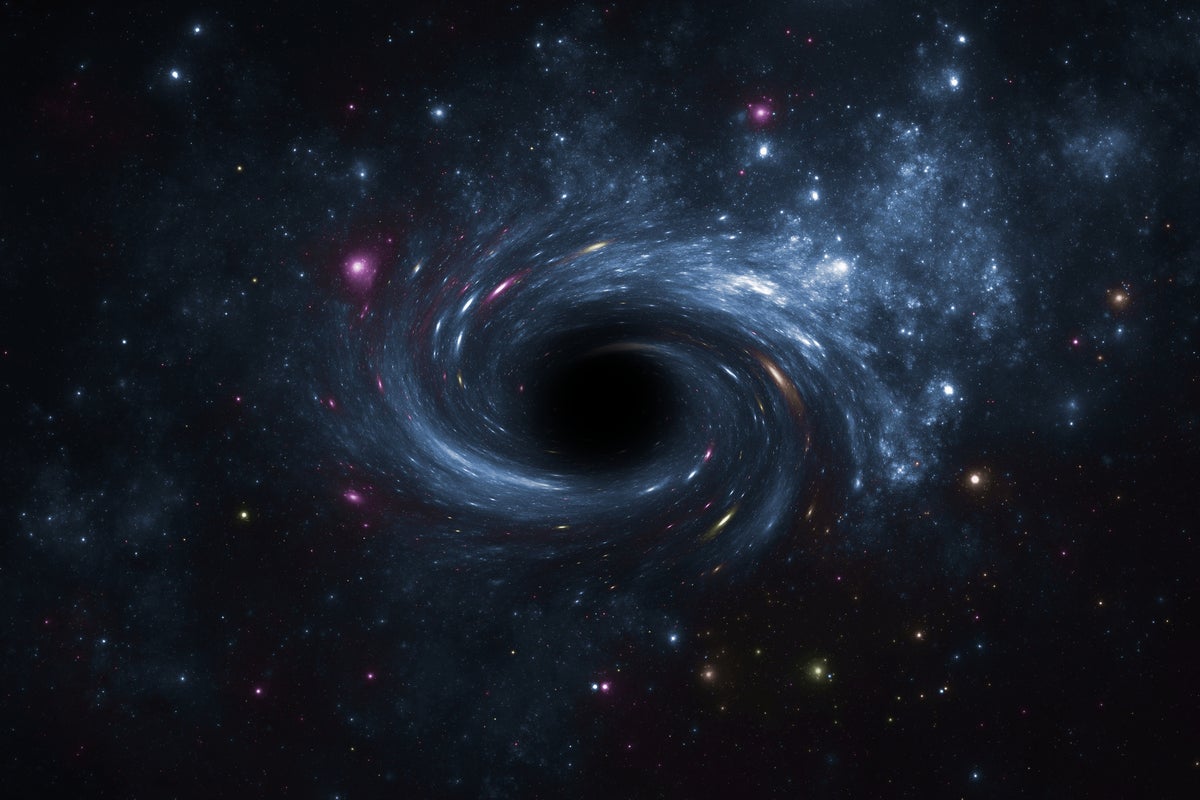Science
China’s Underground Observatory Aims to Unravel Neutrino Secrets

Scientists at a cutting-edge underground observatory in China are making strides in understanding the elusive nature of neutrinos, often referred to as “ghost particles.” These neutral sub-atomic particles are known for their ability to pass through matter without interaction, presenting a significant challenge to physicists for decades. The observatory, equipped with a new liquid dome, aims to capture these particles and unlock profound mysteries of the universe.
Innovative Design to Capture Neutrinos
The observatory, located in the hills of China, features a spherical structure containing 20,000 tonnes of a liquid scintillator, a substance designed to detect neutrinos. This innovative setup continuously receives neutrinos generated by two nearby nuclear power stations. The entire sphere is lined with a thin layer of acrylic and is encased in a protective cylinder filled with 45,000 tonnes of pure water.
When neutrinos collide with protons in the scintillator, they produce tiny flashes of light. Scientists estimate that the facility can record approximately 50 flashes per day, which are remotely monitored and analyzed by researchers around the globe. According to Wang Yifang from the Chinese Academy of Sciences, who collaborates with a team of 700 physicists worldwide, “We are going to know the hierarchy of the neutrino mass, and by knowing this, we can build up the model for particle physics, for neutrinos, for cosmology.”
Historical Context and Future Implications
Neutrinos are the most abundant particles in the universe, produced through processes like stellar fusion in supernova explosions. The concept of neutrinos was first proposed by Wolfgang Pauli in 1930. He theorized the existence of a particle that had no electric charge or mass, capable of passing through matter undetected. Pauli famously expressed his doubts about the particle’s detectability, saying, “I have done a terrible thing. I have postulated a particle that cannot be detected.” He even wagered a case of champagne that no one would ever capture a neutrino.
Over 25 years later, the liquid scintillator facility in China proved Pauli wrong, successfully detecting neutrinos. This groundbreaking achievement has led to the identification of three types of neutrinos: electron, muon, and tau. These forms can transform from one type to another, a phenomenon that could hold the key to understanding fundamental questions in science, including the observed surplus of matter over anti-matter in the universe.
Wang Yifang predicts that within six years, the observatory will generate 100,000 flashes, resulting in a statistically significant dataset that could illuminate the mysteries surrounding neutrinos. As research on these particles progresses, scientists hope to deepen our understanding of the universe and the fundamental forces that govern it.
-

 World1 day ago
World1 day agoCoronation Street’s Shocking Murder Twist Reveals Family Secrets
-

 Entertainment4 months ago
Entertainment4 months agoKate Garraway Sells £2 Million Home Amid Financial Struggles
-

 Entertainment3 months ago
Entertainment3 months agoAnn Ming Reflects on ITV’s ‘I Fought the Law’ Drama
-

 Health3 months ago
Health3 months agoKatie Price Faces New Health Concerns After Cancer Symptoms Resurface
-

 Entertainment3 weeks ago
Entertainment3 weeks agoCoronation Street Fans React as Todd Faces Heartbreaking Choice
-

 World3 weeks ago
World3 weeks agoBailey Announces Heartbreaking Split from Rebecca After Reunion
-

 World5 days ago
World5 days agoKevin Sinfield Exceeds Fundraising Goal Ahead of Final Marathons
-

 Entertainment3 months ago
Entertainment3 months agoCoronation Street’s Carl Webster Faces Trouble with New Affairs
-

 Entertainment4 days ago
Entertainment4 days agoTwo Stars Evicted from I’m A Celebrity Just Days Before Finale
-

 Entertainment3 months ago
Entertainment3 months agoWhere is Tinder Swindler Simon Leviev? Latest Updates Revealed
-

 Entertainment4 months ago
Entertainment4 months agoMarkiplier Addresses AI Controversy During Livestream Response
-

 Science2 months ago
Science2 months agoBrian Cox Addresses Claims of Alien Probe in 3I/ATLAS Discovery





















